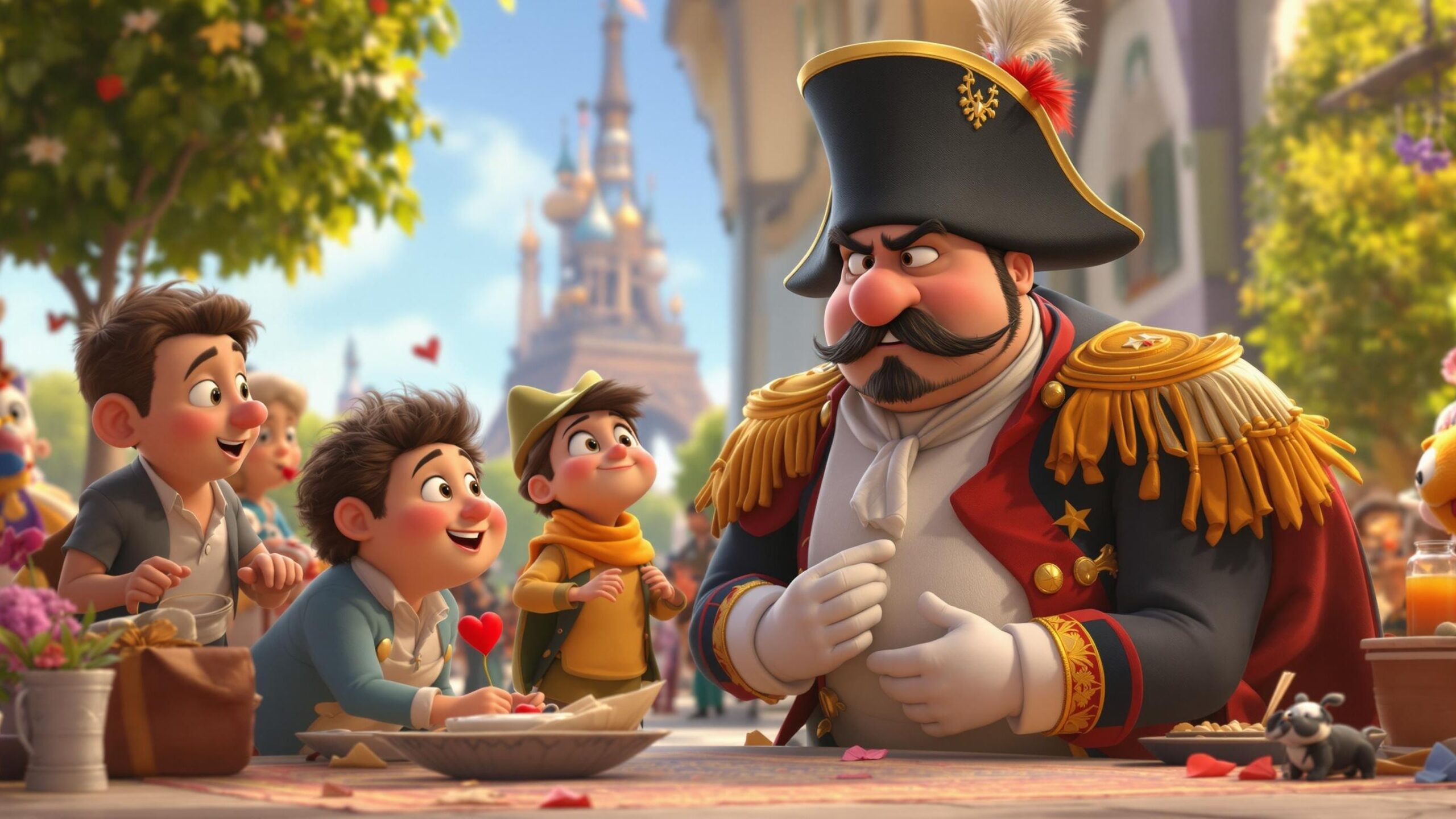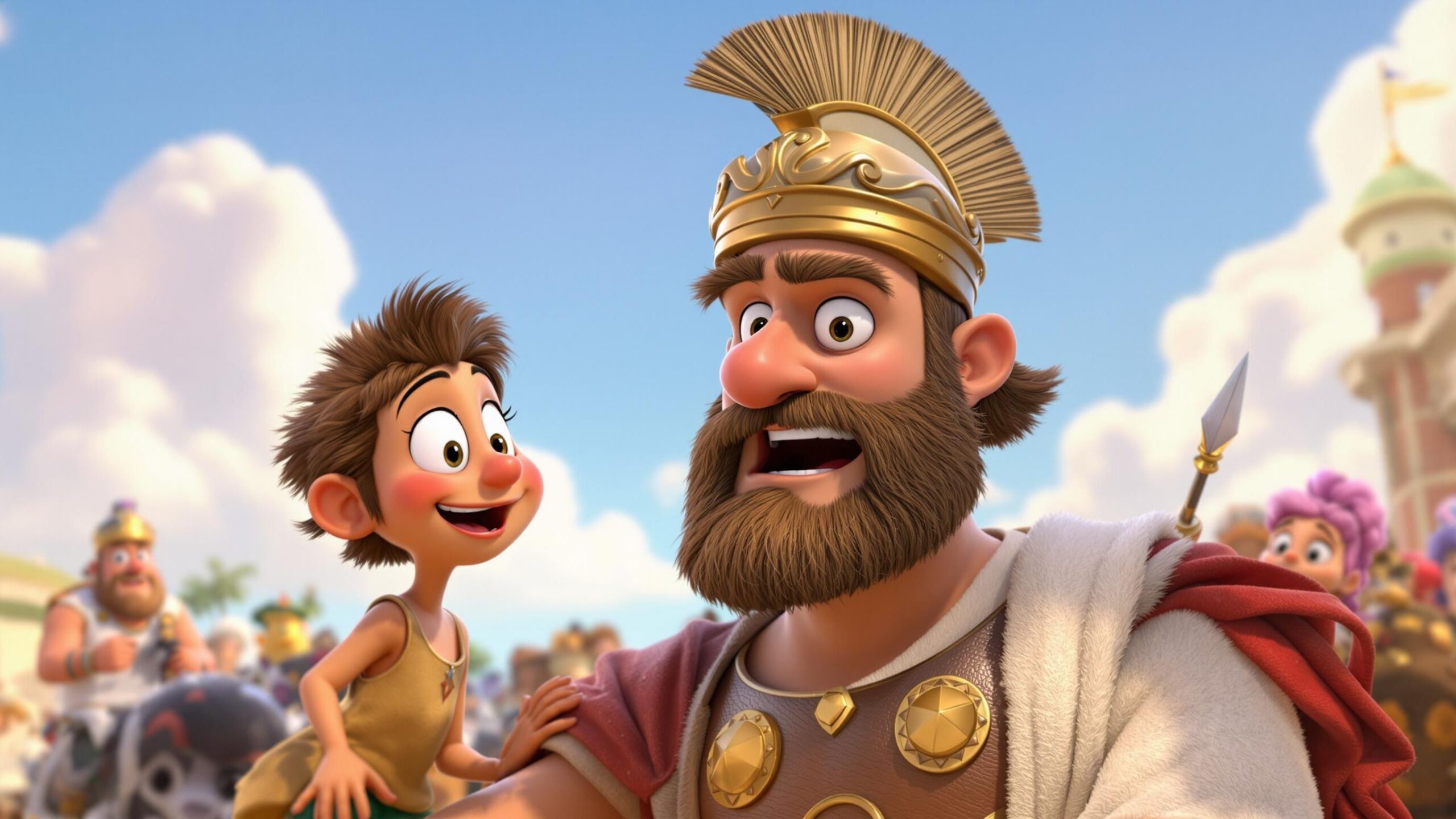From Corsican Roots to Continental Power
Before he wore the crown, before he carved his name across the face of Europe, Napoleon Bonaparte was simply a boy from Corsica with a dream too large to be contained by his small island. Born in 1769 to minor nobility, he was a sharp-minded outsider in mainland France—a boy who read histories of Julius Caesar and imagined himself doing more than following orders. He wanted to lead. And he would—far beyond what anyone expected. But Napoleon’s greatest conquest wasn’t just military. It wasn’t just the battlefield triumphs or the dramatic defeats. His most lasting legacy may well be how he rebuilt and reimagined France in the turbulent aftermath of revolution. When the guillotine had fallen silent and the streets of Paris still echoed with cries for liberty, equality, and fraternity, it was Napoleon who stepped into the chaos and sculpted something lasting from the ruins.
The Ashes of Revolution: A Nation in Turmoil
By the late 1790s, France was a fractured mosaic of ideals, betrayals, and bloodshed. The Revolution had dethroned the monarchy, beheaded a king, and upended centuries of tradition. But with the monarchy gone, there was no stable power to take its place. The Reign of Terror had left wounds—deep, raw, and political. Factions clawed for dominance. Corruption was rampant. The people were exhausted. France, for all its revolutionary zeal, was on the brink of implosion. Enter Napoleon—a general with charisma, cunning, and an almost theatrical flair for seizing opportunity. He didn’t just fill a vacuum of power. He swept in like a storm and made the vacuum irrelevant. In 1799, he staged a coup d’état and declared himself First Consul. It was the beginning of a new chapter—one where the dream of order, progress, and glory could rise from revolutionary ruin.
The Napoleonic Code: Writing a New Rulebook
Perhaps the most enduring of Napoleon’s domestic achievements was the Code Civil, commonly known as the Napoleonic Code. Revolutionary France had been a legal disaster. Laws differed from region to region, often contradicting each other. Justice was inconsistent. Napoleon wanted something new—something clear, rational, and uniform. The Napoleonic Code became a masterpiece of legal clarity. It established a framework of civil rights, property law, family law, and contracts that applied equally to all male citizens. It codified the principle that all men are equal before the law, abolished feudal privileges, and protected private property—ideas that echoed revolutionary ideals but with the structure the Revolution lacked. This wasn’t just a law book—it was a cornerstone of civilization. The Code became the foundation of legal systems across Europe and beyond, influencing countries as far as Latin America and the Middle East. Through law, Napoleon rebuilt not just France—but the very idea of what a modern state could be.
Education for All: Creating the Empire of Minds
Napoleon didn’t just want soldiers—he wanted citizens. Educated ones. He believed in cultivating talent, and he knew that the future of France didn’t lie only on battlefields, but in classrooms. He established lycées, public secondary schools that provided standardized, state-run education to boys across France, regardless of class. These schools weren’t just places of learning—they were incubators of loyalty, discipline, and merit. Napoleon’s France offered scholarships to the brightest students, ensuring that brains—not just birthright—could lead to success. He also founded the University of France, a centralized education authority that organized curricula, standards, and teacher training. It was a new kind of empire—one built in the minds of its people.
A Financial Renaissance: From Bankrupt to Booming
The Revolution had left France nearly bankrupt. The currency was worthless. The tax system was a joke. But Napoleon knew that to build an empire, you needed money. Fast. He reformed taxation, making it more efficient and equitable. He created the Banque de France in 1800, a national bank that stabilized the currency, offered credit, and encouraged economic growth. He introduced the franc germinal, a strong and stable currency that held value for over a century. Napoleon didn’t just fund wars—he revived markets. Infrastructure boomed. Roads, bridges, and canals were built or repaired. Agriculture was encouraged. Industry thrived. In a matter of years, France went from economic rubble to one of the most robust economies in Europe. The engine of empire wasn’t just cannon—it was capital.
Religion and Reconciliation: The Concordat of 1801
The Revolution had driven a deep wedge between France and the Catholic Church. Churches were seized. Clergy were persecuted. Religious practice was driven underground or replaced with strange cults of reason. The faithful were alienated, and the social fabric frayed. Napoleon, ever the pragmatist, saw the value in healing this divide. He negotiated the Concordat of 1801 with Pope Pius VII, restoring the Catholic Church as the majority religion of France but keeping it under state control. The Church could once again function openly, but bishops were appointed by Napoleon. It was peace with control. This wasn’t about piety—it was about unity. Napoleon defused religious tensions, brought the clergy into the national fold, and gained popular support in the process. He didn’t just rebuild institutions—he rebuilt trust.
Bureaucracy as Architecture: Crafting a Government That Worked
Before Napoleon, the French bureaucracy was a mess of old royal systems and revolutionary improvisation. Napoleon brought it order and efficiency. He organized the government into ministries, appointed prefects to oversee regions, and ensured that policies flowed from the top down in a coherent manner. He created the Conseil d’État, or Council of State, which advised on laws and drafted legislation. He valued meritocracy and brought talent into government regardless of social background. His civil service reforms meant that officials were rewarded for ability, not connections. This may not sound glamorous, but it was revolutionary. Napoleon’s bureaucracy made the gears of government run. In a time of uncertainty, he created structure—and structure became stability.
A Crown Taken, Not Given
In 1804, inside the glittering halls of Notre-Dame Cathedral, Napoleon crowned himself Emperor of the French. Not the Pope. Not an assembly. Napoleon. This moment wasn’t just about spectacle—it was a statement. He was not a king of divine right. He was the architect of his own destiny. He had rebuilt France and now claimed to embody it. The crown he placed on his head was heavy with symbolism: this was a new kind of monarchy, born not of lineage but of legitimacy through action. And though many would focus on his imperial ambitions across Europe, it’s important to remember—he wasn’t merely a conqueror. He was, above all, a builder.
Modernizing the Military: A New Kind of Army
Napoleon’s military innovations are legendary, but they were also deeply tied to his rebuilding of France. He restructured the army into corps—semi-independent units that could operate flexibly across the battlefield. He emphasized merit, promoting officers based on ability, not aristocracy. He instilled national pride in service, transforming conscripts into believers. But perhaps most importantly, he made the army a pathway to social mobility. For many young men, the military wasn’t just duty—it was opportunity. Napoleon harnessed this spirit and created one of the most effective fighting forces in history. Through it, he spread French revolutionary ideals across Europe—even as he crowned himself emperor.
Public Works and Urban Pride
Napoleon wasn’t content with invisible systems. He wanted France to look like the modern empire he imagined. So he launched grand building projects—bridges, roads, monuments, and public squares. He improved sanitation, expanded city planning, and laid the groundwork for the Paris we know today. Under his rule, the Arc de Triomphe was commissioned, canals were expanded, and infrastructure stretched its fingers into the far reaches of France. It was more than vanity—it was legacy. He wanted the physical world to reflect the new France he had crafted in law and policy.
Legacy in Letters, Legacy in Lives
When Napoleon fell in 1815 at Waterloo, many rushed to dismantle the empire he had built. Kings returned. Enemies celebrated. But much of what he created proved too strong to erase. The Napoleonic Code endured. His educational system survived. His financial reforms stayed in place. His impact outlived his reign. Even today, legal systems in dozens of countries trace their roots to Napoleon’s reforms. His ideas about meritocracy, centralized governance, and secular law influenced leaders from Latin America to the Middle East. And in France, monuments to him still stand—confirmation not only to his battles but to his blueprint for rebuilding.
The Emperor Who Built More Than He Conquered
Napoleon Bonaparte is often remembered for his ambition, his wars, and his downfall. But to see only the soldier is to miss the statesman. To focus only on the battles is to ignore the buildings, the books, the laws, and the institutions. In the ashes of a fractured France, Napoleon saw not ruin, but raw material. And he forged a nation—strong, modern, and deeply transformed. He was not the Revolution. He was its evolution. Yes, he crowned himself. Yes, he marched across Europe. But at his core, Napoleon was a builder. A dreamer with discipline. A man who turned chaos into code, confusion into clarity, and rubble into renaissance. And for that, history does not forget him—it marvels.




